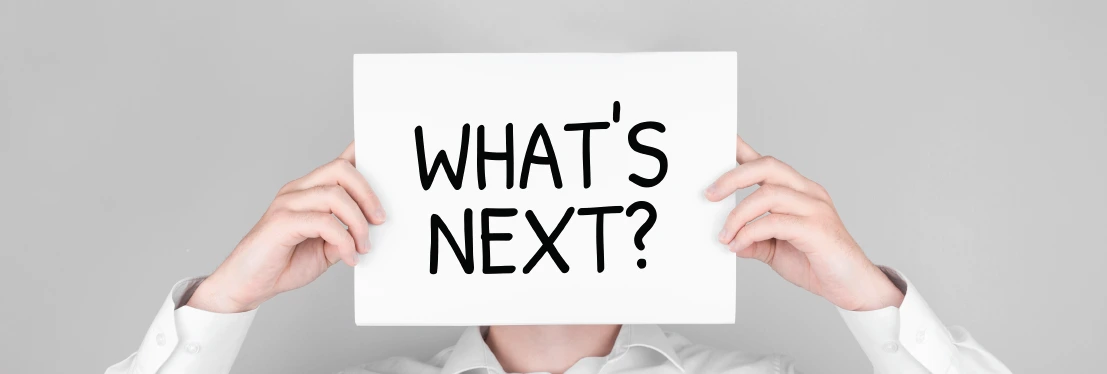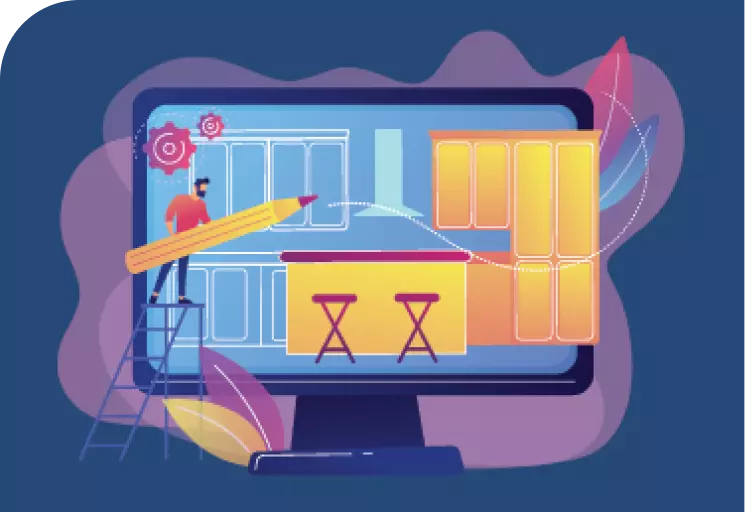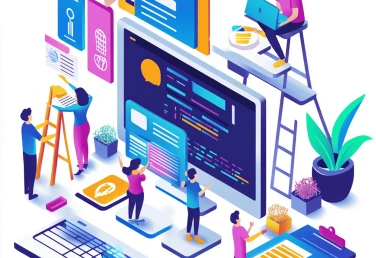
In today’s rapidly evolving market, product design is experiencing significant shifts as new technologies, sustainability concerns, and user-centered approaches take center stage. Designers are tasked with staying ahead of these trends to create products that resonate with modern consumers. From the rise of smart technology to the growing importance of eco-friendly materials, here are some of the latest trends in product design and a glimpse of what’s on the horizon.
1. Sustainability as a Priority
One of the most prominent trends in product design is the increasing focus on sustainability. Consumers are more environmentally conscious than ever, and they expect the products they use to reflect that mindset. Designers are integrating sustainable practices into the entire product life cycle, from material sourcing to production and even product disposal. This trend includes the use of eco-friendly materials, such as recycled plastics, organic fabrics, and biodegradable packaging. In addition, designers are embracing circular economy models where products are designed to be repaired, reused, or recycled rather than discarded. This shift toward sustainability is not just a passing trend but a long-term movement that will continue to influence the design world.
2. Minimalism and Functionality
In an age where simplicity is highly valued, minimalism continues to be a leading design trend. Clean, clutter-free designs that emphasize functionality over ornamentation are gaining popularity. Whether it’s a sleek electronic device or a piece of furniture, minimalism ensures that products are user-friendly, aesthetically pleasing, and focused on delivering essential features. This trend is often seen in tech gadgets, where companies like Apple have set the standard for minimalist design. By stripping down products to their core elements, designers create an experience that feels intuitive and streamlined, without unnecessary distractions.
3. Smart and Connected Products
The integration of smart technology into everyday products is transforming how people interact with the things they use. From smart home devices to wearables, connectivity is no longer a luxury but an expectation. Designers are embedding smart features into products to enhance their functionality, offering consumers convenience, automation, and real-time data.
The Internet of Things (IoT) is at the forefront of this trend, allowing products to communicate with each other and with users. As this technology advances, we can expect more products to incorporate voice control, artificial intelligence, and machine learning capabilities to personalize user experiences further.
4. Production and Manufacturing: Bringing the Product to Life
Consumers today want products that reflect their individuality and cater to their specific needs. This has led to the rise of user-centered design, where the focus is on creating products that provide a seamless, intuitive experience. Personalization is a major component of this trend, as more brands offer customizable features that allow users to tailor products to their preferences. From adjustable furniture to customizable tech devices, products that offer flexibility and personalization are becoming more common. This trend will likely continue as advances in technology make it easier for designers to create highly individualized products on a large scale.
5. The Role of 3D Printing in Rapid Prototyping
3D printing technology has revolutionized the way products are designed and developed. It enables rapid prototyping, allowing designers to quickly iterate on their designs and test them in real-world conditions. What once took weeks or months can now be done in hours, significantly speeding up the design process. In addition to faster prototyping, 3D printing allows for greater customization and small-batch production. This means that designers can create more personalized, limited-run products without the need for expensive molds or mass production setups. As the technology becomes more accessible, it will play an even bigger role in shaping the future of product design.
05 October 2024 / Product Design
Product design is a unique discipline that bridges two often contrasting worlds: art and engineering. While art emphasizes creativity, aesthetics, and...
05 October 2024 / Product Design
The product design process is a structured approach that transforms ideas into real, functional products. Mastering this process involves a blend of c...
05 October 2024 / Website Development
Building a professional website is a crucial step for businesses, entrepreneurs, and individuals looking to establish an online presence. A well-craft...


